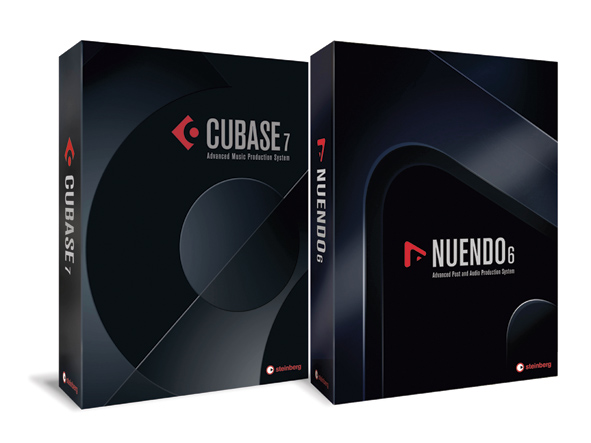

The software is currently in its ninth version, pushing the boundaries of what a DAW can do. However, as more and more small and home studios popped up with basic computers, Steinberg dumped more and more resources into growing and improving Cubase. Nuendo was meant to be the “professional” tool out of the lineup and, to this day, very much holds up that name. Once Steinberg got ahead of the curve in terms of technology, it stayed there. Really, it was the first iteration of the Cubase that can be seen today. It vastly improved VST performance and added professional sequencing and automation tools to the lineup. This pivot came in the form of Cubase SX, based on Steinberg’s flagship post-production audio software, Nuendo.

However, as home computer hardware began to catch up, VST performance was found lacking in comparison to Pro Tools’ DAE. It added Virtual Studio Technology (VST) support, opening the gamut of third-party effects and plugins to be added to the software. It came pre-bundled with a variety of different midi instruments from Yamaha which helped spearhead the software as an audio staple.Įventually, this grew into a full DAW, released a few years later as Cubase VST. Originally, the software was intended only as a midi sequencer, running on the Atari ST computer. With all that out of the way, let’s dive into these two pieces of audio software.Ĭubase, released by the German company Steinberg, was released all the way back in 1989. We’ll run down a bit of history and basic information about each and dive into the strengths and weaknesses. We tried out both of the DAWs to give you a little more insight before making a decision. While price point and operating system is certainly a contributing factor, it’s hard to sniff out which is better for you. It’s a bit difficult as both Logic Pro and Cubase show great upsides in their respective areas. Once you’ve decided to step away from Pro Tools, though, you need to make the distinction between the two. A larger and faster-growing feature set is a sure sign that these may be the better choices going into the future, especially as more and more engineers make the jump from their costly Pro Tools rigs. Two such options are Cubase and Logic Pro, both of which are strong contenders to the DAW king. However, as that grip begins to slip from Avid, some other options become far more attractive. For many, Pro Tools is a go-to as it has been a standard in the audio world for nearly 20 years.

Not because there are too many options, no, but because each of the few options seems so close together.


 0 kommentar(er)
0 kommentar(er)
